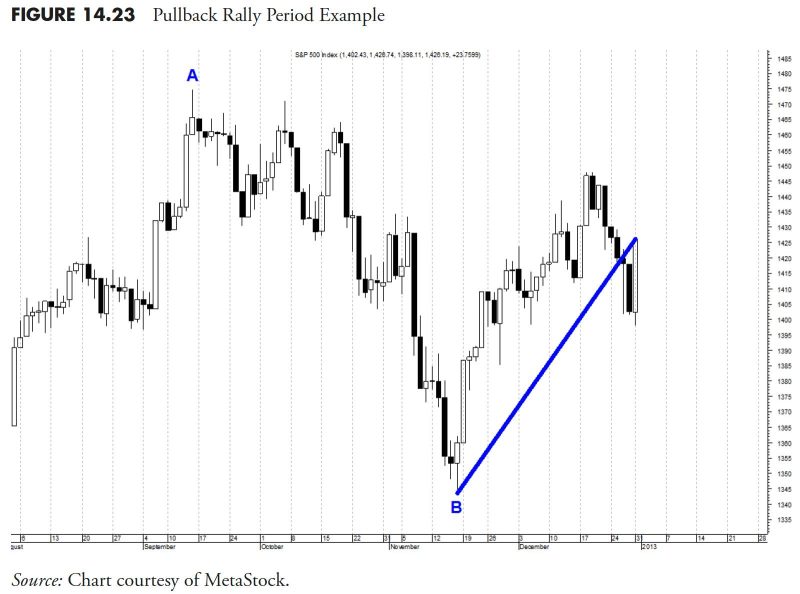In the world of finance, the implementation of rules-based money management can significantly impact investment portfolios. One crucial aspect of this approach is security selection rules and guidelines. By following a systematic process, investors can make informed decisions that align with their risk tolerance and financial goals.
Establishing security selection rules requires a thorough understanding of the individual’s investment objectives, time horizon, and risk appetite. These guidelines can help investors narrow down potential investment options, leading to a more focused and disciplined approach to building a diversified portfolio.
One essential rule in security selection is conducting thorough research and analysis before making investment decisions. This includes evaluating fundamental factors such as a company’s financial health, growth prospects, competitive position, and management quality. Additionally, technical analysis can be useful in identifying trends and patterns that may influence a security’s price movement.
Diversification is another critical rule in security selection. By spreading investments across different asset classes, sectors, and geographic regions, investors can reduce the overall risk in their portfolios. Diversification helps mitigate the potential impact of adverse events that may affect a specific security or market segment.
Risk management is an integral part of security selection rules. Investors should set clear guidelines on how much risk they are willing to take on each investment and adjust their positions accordingly. This can involve setting stop-loss orders, defining exit points, and regularly monitoring portfolio performance to ensure that it aligns with their risk tolerance.
Adhering to a disciplined approach is essential in security selection. Emotions can often cloud judgment, leading to impulsive decisions that may not align with the investor’s long-term goals. By following predefined rules and guidelines, investors can avoid reactionary moves and stay focused on their investment strategy.
In conclusion, security selection rules and guidelines play a crucial role in implementing a successful rules-based money management strategy. By conducting thorough research, diversifying portfolios, managing risks, and maintaining discipline, investors can make informed decisions that enhance their chances of achieving their financial objectives. Implementing a structured approach to security selection can provide a solid foundation for building and managing an investment portfolio effectively.



























